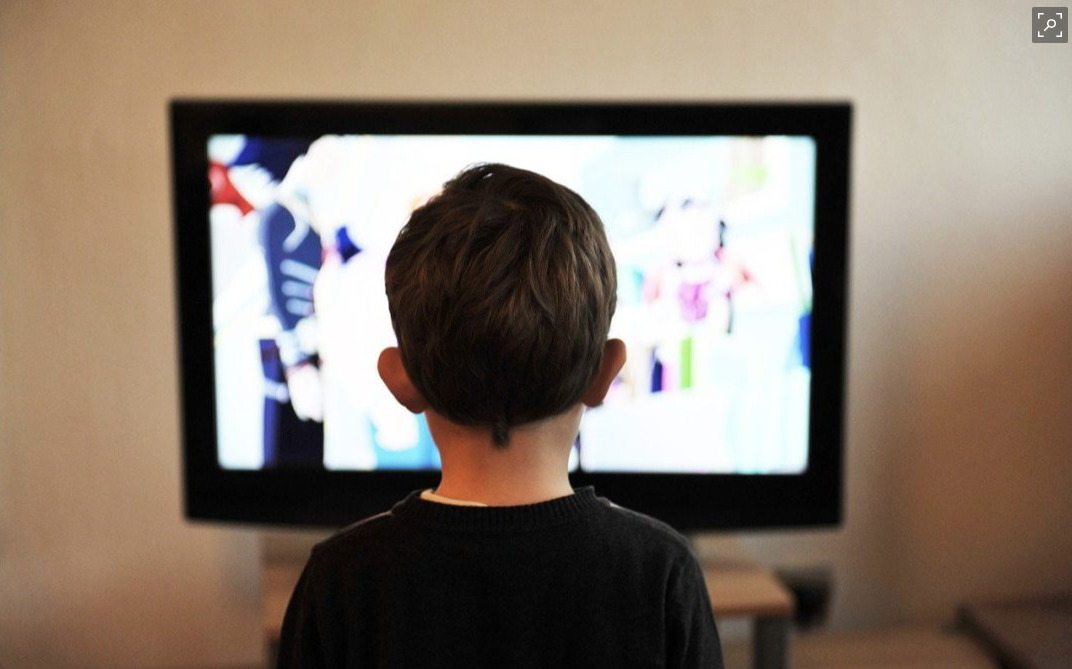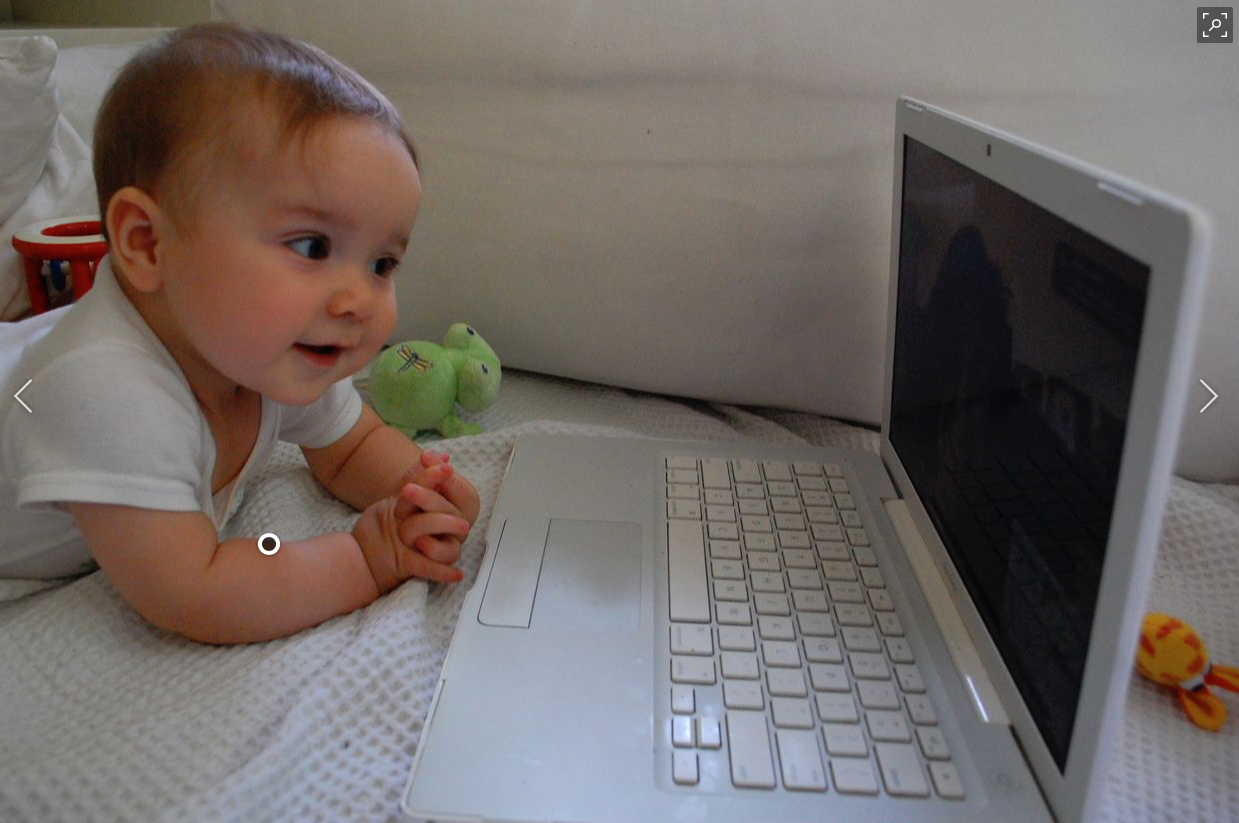 Understanding when screen time can be beneficial and when it may be time to put it away is a good place to start when talking about family screen time. There are many types of screens being used by children and when you add the time in front of all of them, you may be surprised.
Understanding when screen time can be beneficial and when it may be time to put it away is a good place to start when talking about family screen time. There are many types of screens being used by children and when you add the time in front of all of them, you may be surprised.
First, take a look at the American Academy of Pediatrics recommendations for children’s media use.This breaks down how much time each age group should be spending with screens.

Next, take the next 24 hours to keep track of your family’s current media use. You may find that you are already following the guidelines but you may be surprised to see that you have some work to do. When taking these notes, you will also want to write down how much time the adults in your home are spending with their devices, as this is one of the largest predictors of future media use in your children.
Now that you’ve considered how screen time plays a role in your daily routine, let’s take a look at the most common areas that it can sneak in.
Upon waking up –We know that the morning time can be chaotic. It’s easy to hand your child a screen upon waking up so that you can get prepared for the day. As you do this, you’re missing out on a great time to develop your child’s communication skills. Some morning conversation starters could include asking them how they slept, what they’re excited about for the day, and if they had any dreams they’d like to talk about.
At mealtimes –Did you know that 92% of parents feel that quality conversations at dinner time are very important for connecting with their kids, yet many worry that devices at the table are taking away from those moments? If you’re in this majority, think about joining the #DeviceFreeDinner movement! Family meals are a great way to get the whole family talking about a common topic. If you’d like to learn more about how to start meaningful conversations around the dining room table, check out these conversation starters from the Family Dinner Project.
When relaxing– It’s easy to turn to the television or tablet screen when winding down from a long day. We’ve already learned how important reading with your child is in developing their communication skills. Nothing replaces the bonding that occurs when you read with your child one-on-one. When you do choose to offer screen time as a means to relax, try to make it meaningful. For example, maybe one of your rules is that there is no screen time during the week but that every Friday night you watch a movie together as a family. This way, you not only get to enjoy something together, you can also talk about the movie afterwards and use it as a means for further communication.
Before bed – How many of you use your cell phone or tablet before falling asleep at night? Did you know that staring at screens within an hour of your bedtime results in your body taking longer to fall asleep and reduces the quality of your sleep? Using screens before bed also robs you of engaging in one-on-one conversation with your child. Try to use that time after dinner and before they go to bed to play a game, enjoy an outdoor activity, read a book, or sit together and talk about their day. If you get in this routine when your child is younger, they will be more likely to continue it when they are older and seek you out for conversation.

Lastly, don’t forget that the American Academy of Pediatrics did note that video chatting is a beneficial form of screen time. If your phone or computer has the capability to video chat, try setting up a weekly call with grandma or a study session with a friend from school. Since your child is able to see an actual person, who can react to their words and facial expressions, video chatting allows for proper, positive communication. This also means that the next time you’re out of town for work or vacation, you can still check in with your kids upon waking up, at mealtimes, when relaxing or before bed
Additional Resources
- Create your personalized family media use plan here
- Dr. Ari Brown from the APA offers video tips for parents
- Additional information on screen time from Zero to Three

